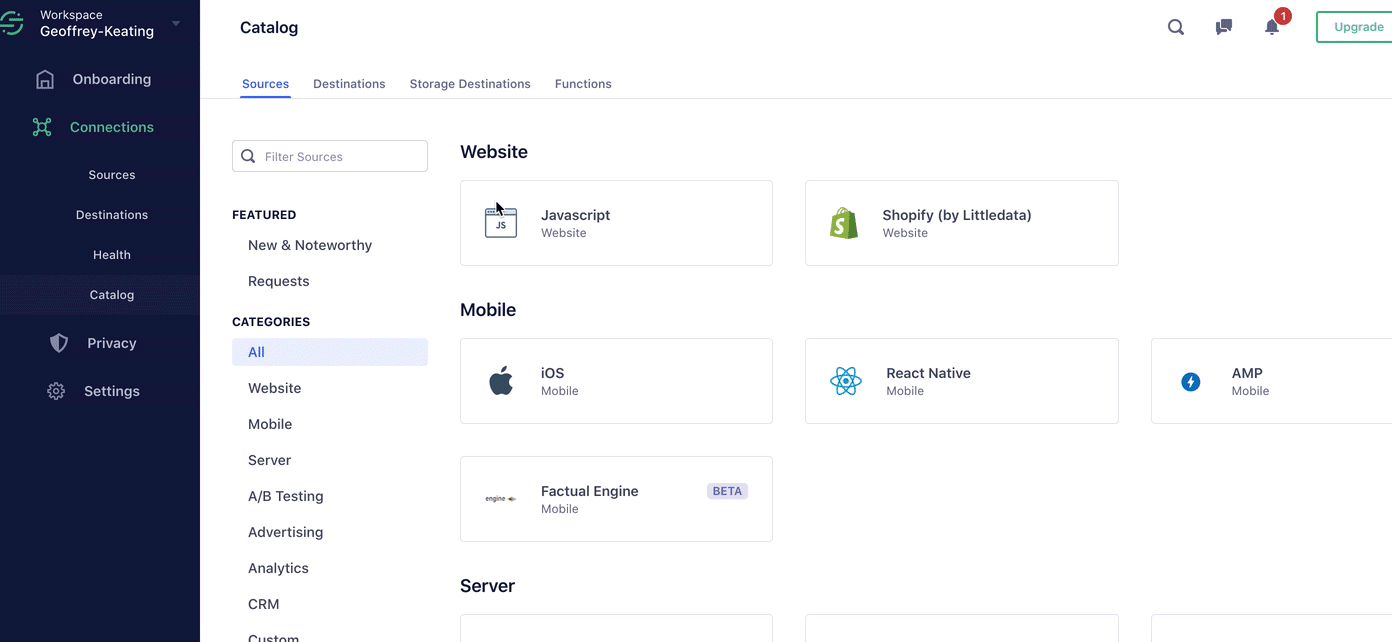Customer relationships - then and now
Getting a complete picture of the role online and offline channels play in your customer engagement strategy has traditionally been difficult to achieve, due to the lack of robust infrastructure to connect those different data sources together.
Thankfully, a customer data platform solves this problem by being your one-stop-shop for customer data. The ability to centralize different data sources in one place gives you customer engagement superpowers – you can see all the activity of a user, from any channel, online or offline, in a single record.
In this guide, we’ll show you how to take your offline and online data from Segment and Twilio, and join it all together to get a 360-degree picture of the entire customer journey.
In this tutorial, we’ll use the example of a customer who engages with a fictional online real estate marketplace company – realestate.com – over the phone (via Twilio) and online.
The first step is to connect your data warehouse, that central repository where the majority of your business data lives, to Segment.
This is so Segment can start the heavy lifting of categorizing, schematizing, and connecting the different types of data in your warehouse, so you can get to your insights faster.
Segment partners with all your favorites in the cloud data warehouse space - Snowflake, Redshift, Postgres, and more.
Sign up or login to your Segment account, head to the Segment catalog and connect Segment to the data warehouse used by your business. Check out these step by step instructions on how to do that.
 Made by Segment
Made by Segment










